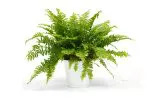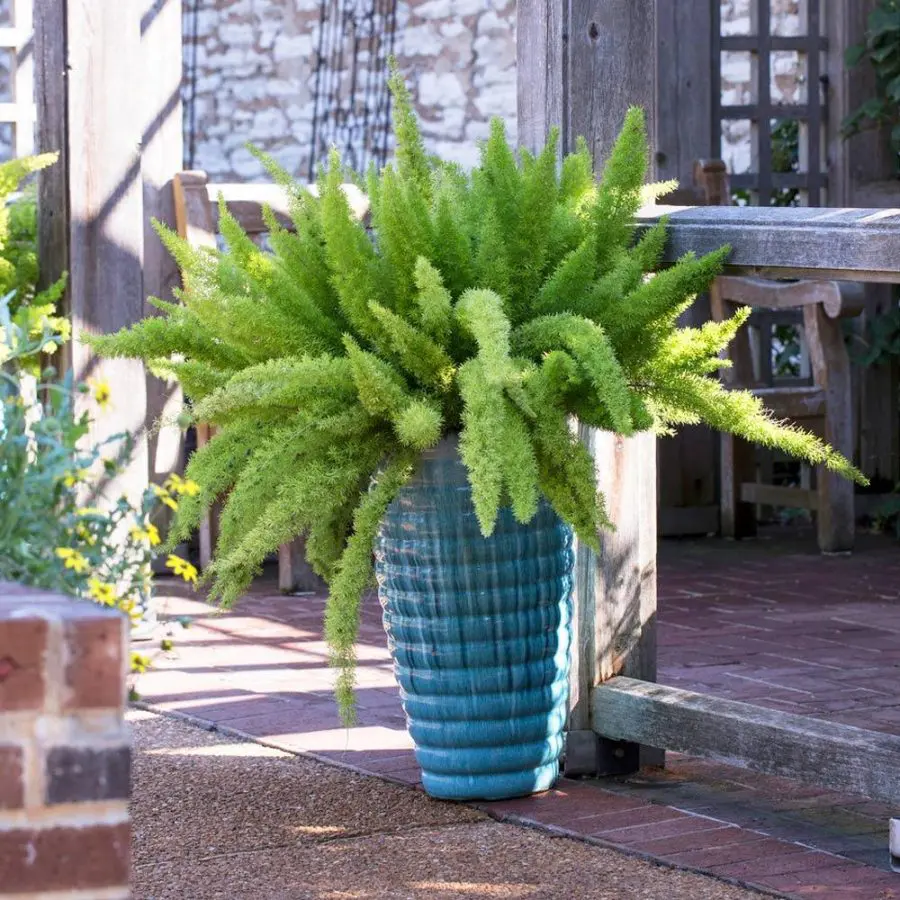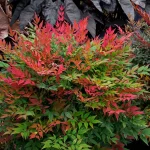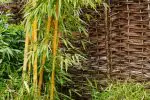This post contains affiliate links. If you buy something from one of our links we may earn a commission. Thanks
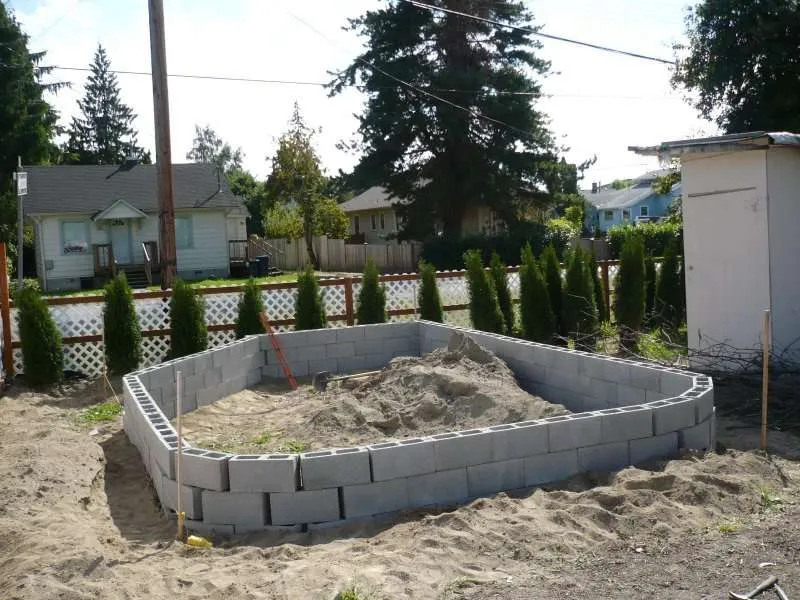
I built my koi pond partially above ground. I took a lot of koi pond pictures during the project but unfortunately, a lot was lost during a computer crash. But luckily some survived.
Building a koi pond partially above ground is a practical solution, especially in areas with high water tables or frequent flooding. Using cinder blocks for walls can add stability and reduce the need for extensive digging. This design also offers the benefit of added safety for households with children.
Building this koi pond partly above ground meant a lot less digging and a lot fewer problems with dealing with all the fill dirt and solved a few other problems too.
Here in Western Washington, we get more than our fair share of rain. Especially in low areas like mine, the water table can be close to the surface during the winter months.

I also live on the flood plane and there is flooding in my area. I think having walls above ground level can help prevent flood waters from entering my pond. I hope I don’t have to find out though.
Another problem with a high water table is it can cause the bottom of your pond liner to float. That would not be a good thing.
So by only going down 2-3 feet and then raising the above-ground walls up, I hope to avoid this.
The soil in my backyard is firm and it is possible to dig out the sides without them collapsing. If I had sandy soil this type of koi pond construction might not be possible.
Because the soil was firm I was able to lay the concrete blocks by carefully leveling the ground and I did not need to pour a concrete footer.
Water pressure from inside the pond was counteracted by berming up my fill dirt against them.
My methods worked well for me but may not for others. But if you have kids around I think walls above ground level are a really good idea even if they might require additional work.
Here are some koi pond pictures showing the start of my koi pond.
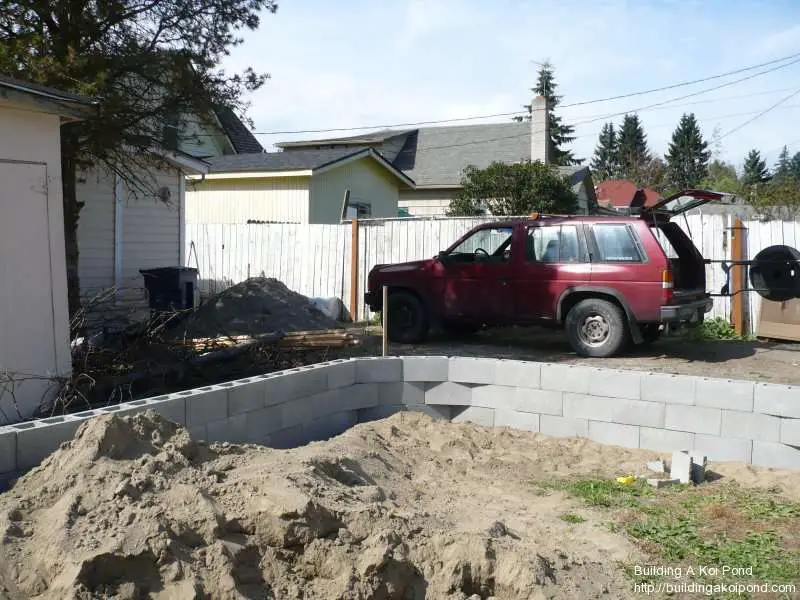
I wrestled with building a koi pond in front of the house or in back.
I really wanted it in front but there are two huge maple trees there and there was just no way I could ever deal with all the leaves they would drop in my pond.
So I chose a spot in the back but unfortunately, there was little shade in this area.
Luckily in Western Washington, even summer days are relatively cool so I was able to get away with this.
In most parts of the country though, the water would get way too warm for koi and some form of shade would be needed.
My Koi Pond Pictures
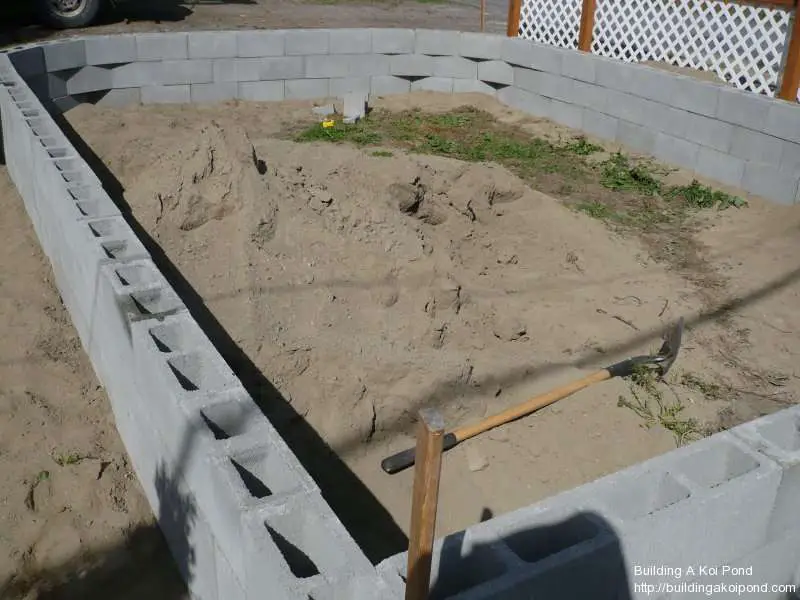
As you can see my pond construction used cinder blocks. My ground was a tight clay loam and very stable and also fairly level.
I was able to build a two-foot high wall directly on the ground without using a footer.
This won’t work in many areas so if you have sandy loose soil you will definitely want to pour a footer for your pond.
I didn’t use any mortar, the blocks were simply stacked one on another.
But for stability, I added some rebar and poured concrete in every other hole with exception of the corners where I filled them all.
After the wall was built I dug out another 2 .5 feet of soil from the center of the pond and used the fill as a berm against the outer walls of my koi pond for added stability.
This also meant more limited digging and limited fill removal. Working by myself this part of my pond construction took about a week to complete.
Unfortunately, as I mentioned before my computer crashed and I lost a lot of my koi pond pictures, but luckily I have some that I can share. Here is an article about Koi from Wikipedia.
Partially Above-Ground Koi Pond FAQs
If you’re considering building a koi pond partially above ground, you likely have some questions about the process, materials, and maintenance.
Below are answers to some commonly asked questions to help guide you through your koi pond project.
Q. What are the benefits of building a koi pond partially above ground?
A. A partially above-ground koi pond reduces the need for extensive digging, provides added safety for children, and can help prevent flooding from affecting the pond.
Q. What type of soil is best for a partially above-ground koi pond?
A. Firm soil like clay loam is ideal for stability. If you have sandy or loose soil, you may need to pour a concrete footer for added support.
Q. Do I need to use mortar for the cinder block walls?
A. Mortar is not strictly necessary. For added stability, you can use rebar and pour concrete into alternate holes in the cinder blocks, especially at the corners.
Q. How do I manage water temperature in a koi pond with little shade?
A. In cooler climates, direct sunlight may not be an issue. In warmer areas, consider adding a shade structure or aquatic plants to help regulate water temperature.
Read more: Water Gardening for Beginners: 11 Tips For Successful Water Gardens

